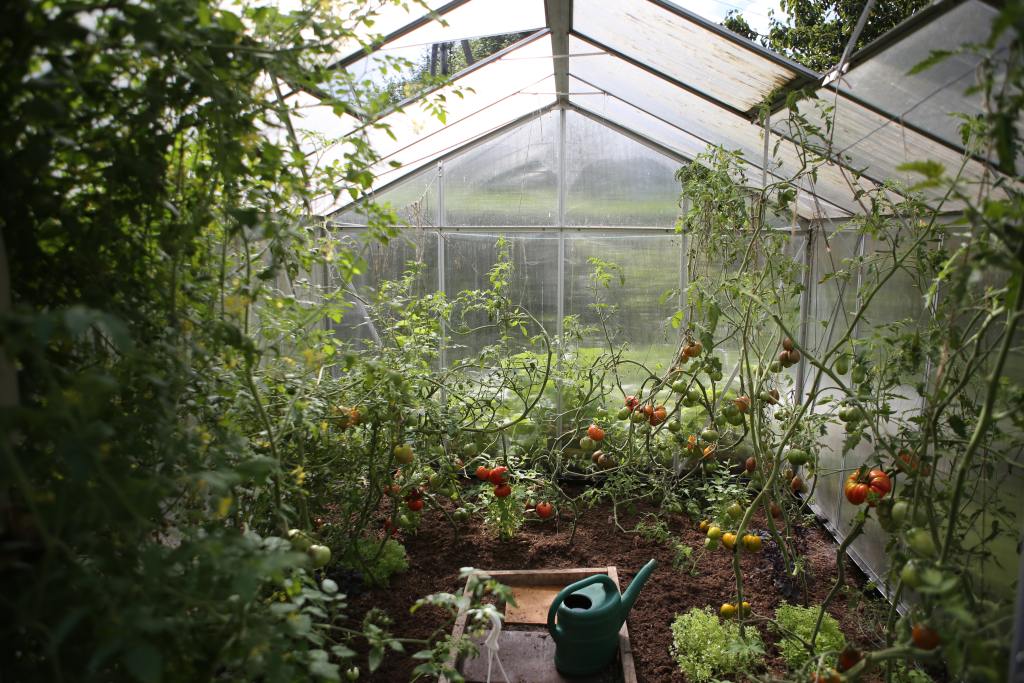Off grid 15 acre homestead design is an exciting venture for those seeking a self-sufficient lifestyle. Imagine living in harmony with nature, relying on your own resources, and creating a sustainable environment. In this article, we will explore the key elements that make up a successful off grid 15 acre homestead design, helping you to create the ideal plan for your dream homestead.

Understanding the Basics of Off Grid Living
Living off the grid means being independent from public utilities and relying on renewable resources like solar, wind, and rainwater. This environmentally friendly lifestyle reduces your carbon footprint and can lead to a more fulfilling and self-reliant existence.
Why Choose a 15 Acre Homestead?
A 15-acre plot offers ample space for various activities such as farming, raising livestock, and creating recreational areas. This size allows for diversification and can support a family comfortably, providing both food and income-generating opportunities.
Planning Your Homestead Layout
Designing a homestead requires careful planning. Considerations include the placement of living quarters, gardens, animal pens, and utility areas. A well-thought-out layout can enhance efficiency and productivity.
Residential Area
Your home is the heart of the homestead. Consider sustainable building materials and designs that maximize energy efficiency. Incorporating passive solar heating and natural cooling systems can significantly reduce energy needs.
Garden and Crop Zones
Designate areas for different types of crops. Rotating crops and using companion planting techniques can improve soil health and increase yields. Raised beds and greenhouses can extend growing seasons.
Livestock Management
Livestock can be a valuable resource on a homestead. Plan for appropriate housing, grazing areas, and feed storage. Consider animals that provide multiple benefits, such as chickens for eggs and meat, or goats for milk and weed control.
Dairy goats are a great option for those looking to incorporate animals into their homestead.
Implementing Sustainable Energy Solutions
Energy independence is a cornerstone of off grid living. Solar panels, wind turbines, and hydropower systems can provide reliable energy sources. Investing in a high-quality battery storage system ensures electricity availability even on cloudy or windless days.
Water Management and Conservation
Water is a vital resource for any homestead. Collecting and storing rainwater, drilling a well, and using greywater systems can ensure a steady supply. Implementing drip irrigation and mulching can conserve water in gardens.
Erosion control measures can also help in managing water runoff and protecting soil quality.
Creating a Wildlife-Friendly Environment
Encouraging biodiversity on your homestead can enhance its resilience. Plant native species, create habitats for pollinators, and practice organic gardening. A balanced ecosystem supports both plant and animal life, contributing to the overall health of the homestead.
Recreational Areas and Personal Space
A successful homestead balances work and leisure. Designate areas for relaxation, play, and entertainment. This can include hiking trails, a pond for swimming, or a pavilion for gatherings.
Income Generation Opportunities
While self-sufficiency is a primary goal, generating income can provide additional security. Consider selling surplus produce, hosting workshops, or renting out space for events. Diversifying income streams strengthens the financial stability of your homestead.
Income diversification is key to sustaining your homestead long-term.
Preparing for Seasonal Changes
Seasonal changes can impact your homestead’s productivity. Prepare for winter by insulating buildings, storing food, and ensuring livestock have adequate shelter. Summer preparations might include installing shade structures and maintaining irrigation systems.
Winter prep is essential for maintaining your homestead during colder months.
Adapting to Climate and Weather
Understanding your local climate is essential for planning. Select crops and livestock suited to your region, and be prepared to adjust strategies as weather patterns change. Resilience and flexibility are vital for long-term success.
Legal and Zoning Considerations
Before embarking on your homesteading journey, research local zoning laws and regulations. Some areas may have restrictions on livestock, building types, or land use. Compliance ensures that your homestead is sustainable and legally sound.
Community and Support Networks
Building relationships with other homesteaders and local farmers can provide valuable support and resources. Joining a community can offer practical advice, mentorship, and a sense of belonging.
External Source for additional layout ideas and inspiration.
Conclusion
Designing an off grid 15 acre homestead is a rewarding endeavor that promises sustainability, independence, and a closer connection to nature. By carefully planning and implementing key components, you can create a thriving homestead that meets your needs and fulfills your homesteading dreams.

FAQ
What is the best way to start an off grid homestead?
Begin by researching and planning your layout, considering energy and water sources, and understanding local laws. Start small and expand as you gain experience.
How can I generate income from my homestead?
Consider selling produce, renting out space, or offering homesteading workshops. Diversifying income sources ensures stability.
What are some challenges of off grid living?
Challenges include initial setup costs, maintenance of systems, and adapting to weather conditions. However, the rewards of independence and sustainability often outweigh these challenges.




